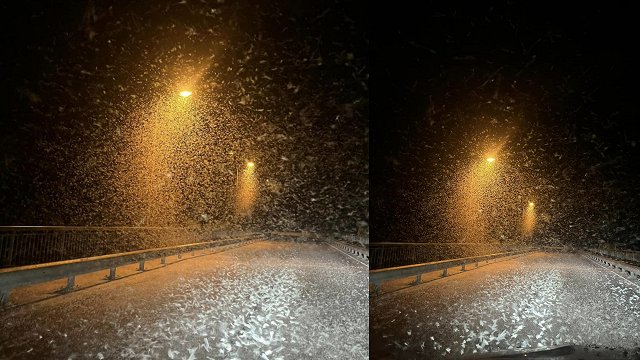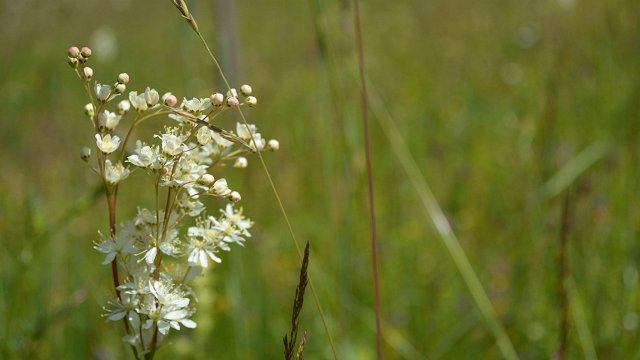Several residents reported to LTV that a doe had been struck on the Ķekava bypass – they had been trapped between the highway and the fence. The animal shelter “Ulubele” has also tried to inform the public about the collisions on the highway.
“It's not really normal in our opinion,” noted Ilze Džonsone, head of the shelter. “If there is a fence, then any motorist is much more reliant that driving is safe, that no one can run out in front of them. There are two factors: animals suffer and, of course, it is also life-threatening for humans.”
Valters Lūsiss, Head of the hunting Division of the State Forest Service (VMD), said that any new structure poses a challenge to animals that inhabit this environment:
“Previously there was no such obstacle, the animals moved freely. Here's the question of why they get to this part of the driveway because as far as I understand, design should minimize the risk that animals can get out onto the driveway and endanger drivers.”
The Ķekava bypass was built through a public-private partnership project. Maintenance of the road is carried out by the builder – the joint stock company “Ķekava ABT”. Juris Frīdmanis, director general of JSC “Kekava ABT”, said that the problem with getting wild animals to the high-speed highway is currently being tackled by the company.
“Problems are in two places. It's the end of Bauska where this bypass starts, so “Virši” [fueling station] and the other side. If you pass there, you can see that the animal can theoretically walk past the fence through the ditch and get on the motorway,” Frīdmanis said. “And the other potential place, although we haven't seen the movement of animals in CCTV cameras there, is A5, it's Rīga's bypass.”
The company's chief executive explained that when he started developing the building project from 2019 to 2021, the environmental impact assessment did not identify significant migratory routes for wild animals in the region, so no more sophisticated solutions were sought to discourage animals from entering the expressway.
A fence and dedicated gate every half kilometer has been chosen, which would guarantee the animals would get back into their usual surroundings if they had wandered to the inside of the fence. But the doe population in the neighborhood turned out to have risen significantly.
Lūsis emphasized that cloven-hoofed animals - roe, deer, elk, wild boar - behave differently from predators who “will walk along the fence and find exits.”
The general manager of “Kekava ABT” promised that by the end of this year, all open fence structures through which forest animals were trapped will be closed in accordance with the legislation. In turn, it is planned to place beeps at the ends of the fences, which emit unpleasant sounds to animals every five minutes.
“The second idea, which is now current in Estonia -- there they are now testing the placement of special reflectors for animal fences that also somehow discourage those animals,” Frīdmanis said.
In less than a month and a half, five roe, two foxes, one dog, and one animal of unidentifiable species have been hit on the Ķekava bypass.
These accidents did not stop traffic and were most likely hit by trucks that continued their journey after the collision.
In such cases, the State Police (VP) should be informed. On a highway where the permitted speed is 120 kilometers per hour, it is not recommended to remove the animal's corpse by oneself.
“There are opportunities to inform the VMD either on the Mednis app or by notifying the State Forest Service,” Lūsis noted. “Then, accordingly, we will arrange for the removal of this animal from the road, or it will be done by the Latvian State Roads, or we will contact the local government.”
At least 2,000 forest animals are killed each year in car collisions in Latvia. The absolute leaders in this woeful statistic are roe, and the construction of the new expressway only increases the mortality of cloven-hoofed animals. An operational solution is expected to improve the situation because any collision with a forest animal is not only a loss to the Latvian environment but also extremely dangerous for people.



























